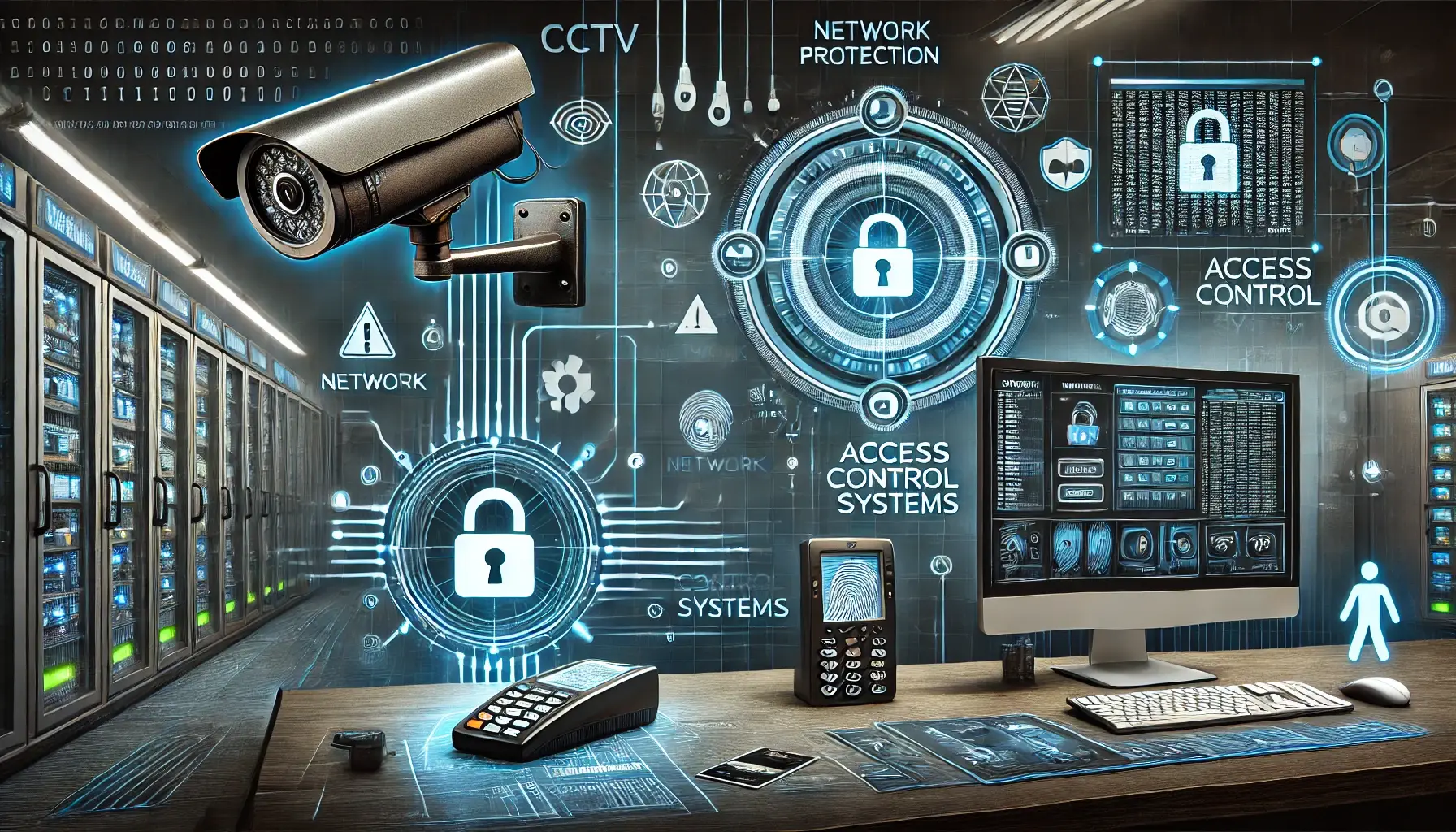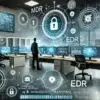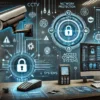
Introduction
CCTV and access control systems are at the heart of modern physical security, but their network connectivity makes them vulnerable to cyberattacks. From hijacked camera feeds to stolen access credentials, these threats can compromise safety, privacy, and compliance. Implementing robust cybersecurity for these systems is no longer optional — it’s a critical necessity.
The Cyber Risks Facing CCTV and Access Control
-
- Device Hijacking: Hackers gain control of a camera to disable monitoring or spy on operations.
-
- Credential Theft: Weak or reused passwords on access control systems can allow unauthorized entry.
-
- Data Breaches: Video footage, access logs, and personal data stored on servers can be stolen or leaked.
-
- Service Disruption: DDoS attacks can make cameras or door controllers go offline, leaving sites unprotected.
Core Cybersecurity Measures for Physical Security Devices
-
- Network Segmentation
Isolate CCTV and access control devices from the main corporate network to limit attack spread.
- Network Segmentation
-
- Strong Authentication & Password Management
Enforce unique, complex passwords and enable multi-factor authentication where possible.
- Strong Authentication & Password Management
-
- Regular Firmware & Patch Management
Keep all cameras, door controllers, and servers updated to close known vulnerabilities.
- Regular Firmware & Patch Management
-
- Encryption of Data in Transit and at Rest
Protects live feeds, stored footage, and access logs from interception.
- Encryption of Data in Transit and at Rest
-
- Continuous Monitoring
Use RMM tools to detect unusual network traffic or device behavior in real time.
- Continuous Monitoring
Industry Regulations and Compliance
In industries like healthcare, education, and critical infrastructure, cybersecurity requirements for physical security devices are often part of compliance frameworks (HIPAA, FERPA, NERC CIP). Meeting these standards not only reduces risk but also protects against fines and legal issues.
The Benefits of Cyber-Resilient Physical Security
A well-secured CCTV and access control system ensures more than just footage integrity — it preserves operational continuity, protects sensitive information, and builds trust with employees, visitors, and stakeholders.
Conclusion
Cybersecurity is no longer just for IT systems. As CCTV and access control become more connected, they must be defended with the same rigor as any other critical infrastructure. By adopting strong cybersecurity practices, you transform these systems into resilient, trustworthy pillars of your overall security strategy.


